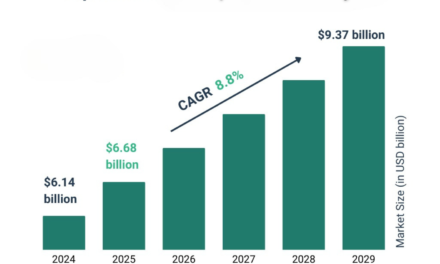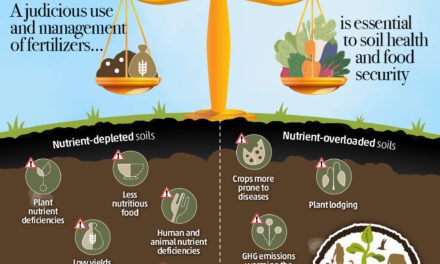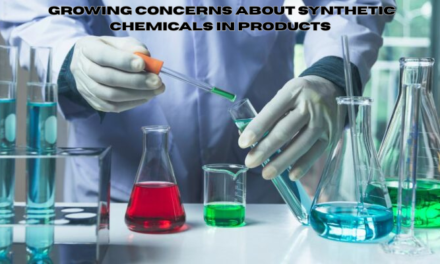The fertilizer industry is actively addressing nitrogen loss in agriculture through innovations in product formulation, advanced application techniques, and sustainable management practices. Nitrogen loss through leaching, volatilization, and denitrification not only reduces fertilizer efficiency but also contributes to environmental issues like water pollution and greenhouse gas emissions. Here’s how the industry is mitigating nitrogen loss:
1. Enhanced Efficiency Fertilizers (EEFs)
- Slow-Release Fertilizers:
- Coated or chemically modified fertilizers release nitrogen gradually, matching plant uptake.
- Example: Sulfur-coated urea and polymer-coated fertilizers reduce nitrogen leaching and volatilization.
- Controlled-Release Fertilizers:
- Precisely engineered coatings regulate nutrient release based on soil temperature and moisture conditions.
- Example: Fertilizers with a polymer or resin coating ensure steady nitrogen availability.
- Stabilized Fertilizers:
- Contain additives that inhibit processes like nitrification and urease activity, reducing nitrogen loss.
- Example: Urease inhibitors (NBPT) and nitrification inhibitors (DCD, nitrapyrin).
2. Biological Solutions
- Nitrogen-Fixing Microbes:
- Biofertilizers with nitrogen-fixing bacteria like Azospirillum or Rhizobium enhance nitrogen availability in the soil.
- Example: Inoculants applied to seeds or soil reduce dependence on synthetic fertilizers.
- Plant Growth-Promoting Rhizobacteria (PGPR):
- Microbes that improve nitrogen uptake and efficiency while promoting root growth.
- Mycorrhizal Fungi:
- Symbiotic fungi improve nitrogen absorption by increasing root surface area and nutrient availability.
3. Advanced Application Technologies
- Precision Agriculture:
- GPS and IoT-enabled devices allow site-specific fertilizer application, optimizing nitrogen use.
- Example: Variable Rate Technology (VRT) applies fertilizers based on soil nutrient maps and crop needs.
- Fertilizer Placement Techniques:
- Banding and injecting fertilizers near the root zone reduce nitrogen exposure to volatilization and leaching.
- Split Applications:
- Applying fertilizers in smaller doses over the growing season ensures better synchronization with crop nitrogen demand.
4. Improved Fertilizer Formulations
- Nitrification Inhibitors:
- Compounds like nitrapyrin slow down the conversion of ammonium to nitrate, reducing leaching and nitrous oxide emissions.
- Urease Inhibitors:
- Reduce the conversion of urea into ammonia gas, minimizing nitrogen volatilization.
- Combination Products:
- Fertilizers combining nitrogen, phosphorus, and potassium (NPK) with micronutrients and inhibitors improve overall nutrient efficiency.
5. Sustainable Farming Practices
- Cover Crops:
- Planting legumes or other nitrogen-fixing cover crops reduces nitrogen runoff and improves soil organic matter.
- Crop Rotation:
- Rotating nitrogen-demanding crops with legumes helps maintain soil nitrogen levels naturally.
- Reduced Tillage:
- Minimizes soil disturbance, reducing nitrogen loss through leaching and volatilization.
6. Digital Tools and Data Analytics
- Nitrogen Monitoring Systems:
- Sensors and satellite imagery provide real-time data on soil nitrogen levels, guiding timely fertilizer applications.
- Decision Support Software:
- AI-powered tools predict nitrogen needs based on weather, soil conditions, and crop growth stages.
- Example: Platforms like Climate FieldView offer recommendations to optimize nitrogen use.
7. Water Management
- Irrigation Management:
- Controlled irrigation systems, such as drip or sprinkler irrigation, reduce nitrogen leaching by limiting excess water.
- Fertigation:
- Combining fertilizer application with irrigation delivers nutrients directly to the root zone, minimizing losses.
- Buffer Strips:
- Vegetative strips along field edges capture runoff and reduce nitrogen entering water bodies.
8. Government Policies and Incentives
- Subsidies for EEFs:
- Governments encourage the use of enhanced efficiency fertilizers by subsidizing their cost.
- Regulations on Nitrogen Application:
- Limits on fertilizer application rates and timing help reduce nitrogen loss.
- Carbon Credits:
- Farmers adopting nitrogen-efficient practices can earn credits under carbon trading schemes.
9. Research and Development
- Genetically Modified Crops:
- Developing crops with higher nitrogen-use efficiency to reduce fertilizer requirements.
- Example: Nitrogen-efficient maize varieties.
- Soil Health Research:
- Studies on soil microbiomes to enhance nitrogen retention and availability.
- Innovative Coatings:
- Developing biodegradable coatings for slow-release fertilizers to improve sustainability.
10. Education and Awareness
- Farmer Training Programs:
- Educating farmers on best practices for fertilizer application and nitrogen management.
- Collaborative Initiatives:
- Partnerships between governments, NGOs, and agribusinesses to promote sustainable nitrogen use.
11. Environmental Benefits
- Reduced Eutrophication:
- Lower nitrogen runoff into water bodies prevents algal blooms and dead zones.
- Minimized Greenhouse Gas Emissions:
- Nitrification inhibitors and better nitrogen management reduce nitrous oxide emissions.
- Improved Soil Health:
- Sustainable nitrogen practices enhance soil structure and microbial diversity.
Conclusion
The fertilizer industry is addressing nitrogen loss through innovative products, advanced technologies, and sustainable farming practices. Enhanced efficiency fertilizers, biological solutions, and precision agriculture are key to minimizing environmental impacts while maintaining agricultural productivity. As awareness grows and technologies evolve, these measures will play a crucial role in achieving global food security and ecological sustainability.
Hashtags
#FertilizerIndustry #NitrogenManagement #AgricultureAndFertilizers #SustainableFertilizers #FarmingWithEfficiency #NitrogenLossMitigation #ReduceNitrogenLoss #NitrogenEfficiency #SmartFertilization #NitrogenUseEfficiency #PrecisionAgriculture #EnvironmentalAndSustainabilityFocus #SustainableFarming #EcoFriendlyFertilizers #GreenAgriculture #SoilHealth #ClimateSmartAgriculture #TechnologyAndInnovation #AgriTechSolutions #FertilizerInnovation#EnhancedEfficiencyFertilizers #SmartAgricultureTech #SustainableAgriTech

















